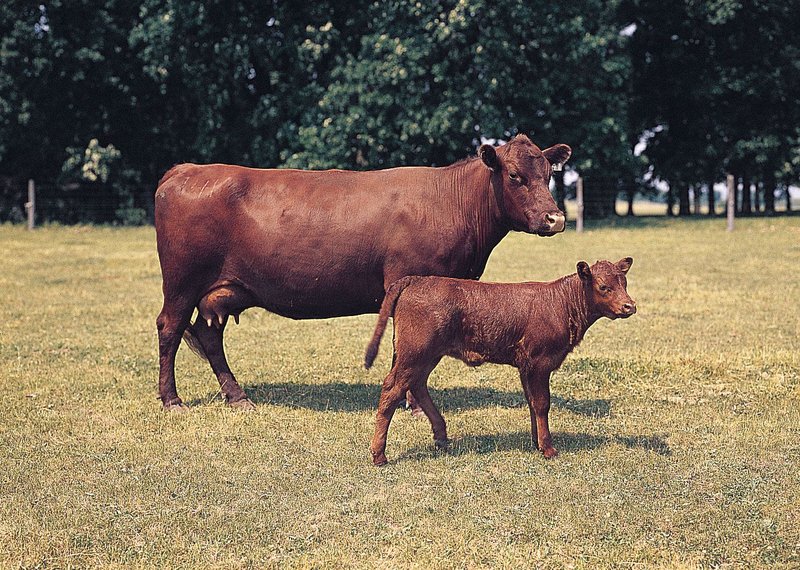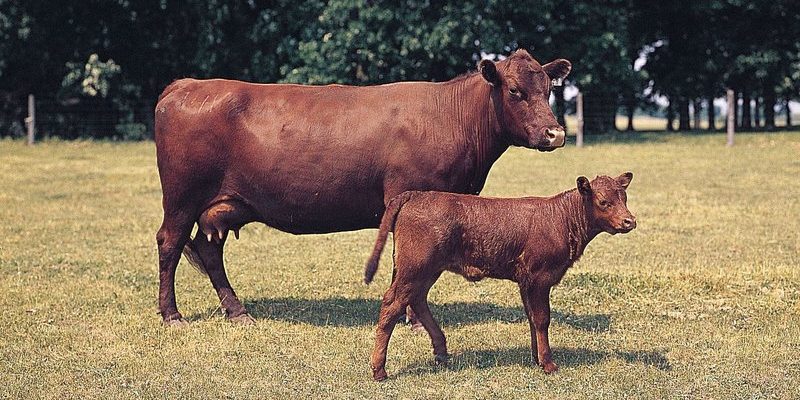
Breeding isn’t just about mating; it’s about survival and the continuation of a species. Harbor seals (Phoca vitulina) have a unique set of behaviors and adaptations that ensure their young stay safe and thrive in an ever-changing environment. Picture it as a series of puzzle pieces that fit together beautifully, creating a picture of life, growth, and resilience.
So, if you’re curious about harbor seals and everything that goes into their reproduction, you’re in for a treat. Let’s break down the details in a way that’s easy to grasp, even if you’re just starting to learn about animal biology.
Understanding Harbor Seal Mating Behavior
When harbor seals come together for breeding, their mating rituals can be quite elaborate. Males often engage in vocalizations, using a range of sounds to attract females. It’s like a concert where the loudest singer might just get the girl—or in this case, the seal. During the breeding season, which typically occurs from March to August, males establish territories to help them attract mates.
You might wonder how these seals communicate without words. They use a combination of physical displays and vocal calls to express dominance and readiness to mate. Females tend to choose mates based on these displays, opting for those who show strength and stamina. It’s nature’s way of making sure that the best genes are passed on to the next generation.
Once a male secures a mate, courtship can last several weeks. It involves swimming together, touching, and engaging in playful antics that strengthen their bond. Honestly, it’s pretty endearing to witness how these creatures connect with each other.
Gestation Period of Harbor Seals
After successful mating, the female harbor seal enters a period of pregnancy that lasts about 11 months. This is a crucial time, as she needs to find a safe environment to give birth and nurse her pups. During gestation, the female does not eat much; instead, she relies on her fat reserves to sustain herself.
Here’s the thing: habitat plays a significant role here. Harbor seals prefer to have their pups on secluded beaches or rocky coves away from predators. These locations provide both safety and easy access to the water when it’s time to feed.
Typically, harbor seals give birth to a single pup, although twins can occur occasionally (though it’s quite rare). When the time arrives, the female will go into labor on land, away from the water, to ensure her pup’s safety right at birth. Can you imagine the relief she feels knowing her little one is safe on solid ground?
Caring for the Pup
Once the pup is born, the mother seal is incredibly attentive. Newborn pups weigh around 15 to 20 pounds and are covered with a thick layer of blubber to keep them warm in the chilly ocean waters. The mother’s first job is to nurse her pup, providing it with nutrient-rich milk that helps it grow quickly.
In the early days, the pup relies completely on its mother. During this time, the mother will leave the pup on land while she hunts for food. She returns regularly to nurse, spending most of her time close to the shore. You might picture her watching her little one from the water, ready to protect it at a moment’s notice.
Typically, nursing lasts for about four to six weeks, during which the pup learns to swim and develop its hunting skills. Watching a seal puppy learn to navigate the water is like seeing a toddler take their first steps; there’s a blend of awkwardness and tremendous joy.
Weaning and Independence
As the weeks pass, the mother will slowly start to spend more time away from her pup. By the end of the nursing period, the pup should be fully capable of swimming and catching its own food. Honestly, this transition is crucial—it’s the moment when the pup starts to become independent.
During weaning, the pup might experience some stress, as it’s accustomed to the comfort of its mother’s presence. However, this process is vital for its growth. The mother will call to her pup, teaching it what to look for and how to survive on its own. There’s something beautiful about the way nature pushes young animals to stand on their own feet—or flippers, in this case.
Around the age of 5 to 6 weeks, pups will start to hunt small fish and other marine creatures. It’s a steep learning curve, but the skills they develop during this period will help them thrive in the wild.
Challenges Faced During Reproduction
Reproduction isn’t without its challenges. Harbor seals face significant threats from environmental changes, pollution, and habitat degradation. Climate change impacts the availability of food, which directly affects the mother’s ability to nurse her pups. Honestly, it’s a tough reality that many marine mammals face today.
Another challenge is predation. Young seals are vulnerable to a variety of predators, including sharks and orcas. The choice of birthing locations is essential to mitigate this risk. By selecting isolated and secure areas, mothers can help ensure their pups’ safety during this critical period.
Human activity also poses risks. Development along coastlines, fishing, and boat traffic can disrupt their breeding grounds. Advocating for cleaner oceans and protective measures for marine life is vital for the future of harbor seals and many other species.
Why Breeding and Reproduction Matter
Understanding the breeding and reproduction of harbor seals isn’t just an academic exercise; it has real-world implications. These seals play a crucial role in their ecosystems, and their health reflects the overall well-being of ocean environments. By studying their reproductive patterns, scientists can gauge the health of marine ecosystems and make informed conservation decisions.
Moreover, protecting their breeding habitats helps ensure the survival of not just harbor seals, but also other marine wildlife that shares their environment. Healthy marine ecosystems contribute to biodiversity, which is essential for the resilience of the planet.
In summary, the intricacies of harbor seal reproduction highlight how interconnected everything is in nature. By fostering a deeper appreciation for these creatures, we can better advocate for their protection and ensure that future generations of seals continue to thrive.
Conservation Efforts for Harbor Seals
Conservation efforts are instrumental in ensuring harbor seals can reproduce and thrive. Various organizations work to protect their habitats from human encroachment, reducing boat traffic near breeding areas and improving water quality. These efforts help create a safer and healthier environment for both seals and their pups.
Public awareness campaigns also play a crucial role. By educating communities about the importance of harbor seals, we can inspire people to support conservation initiatives. Simple actions, like reducing plastic use or supporting marine protected areas, can make a significant difference.
It’s also essential for researchers to monitor seal populations. By studying their breeding patterns and health, scientists can track changes and respond proactively to any threats. Understanding these dynamics helps to craft strategies that keep seal populations stable.
In conclusion, the breeding and reproduction of harbor seals is a complex yet beautiful process that reflects the resilience of nature. As we explore their lives and the challenges they face, we not only learn about these amazing creatures but also our responsibility to protect them and their environment.
Let’s appreciate the harbor seals, not just for their charm but for what they represent in the broader tapestry of marine life. Together, we can help ensure they continue to thrive in our oceans for many years to come.

